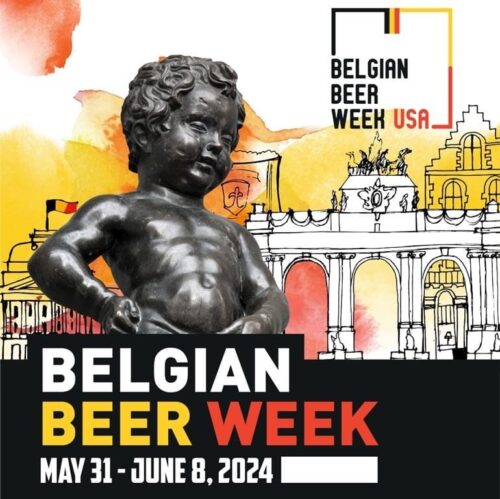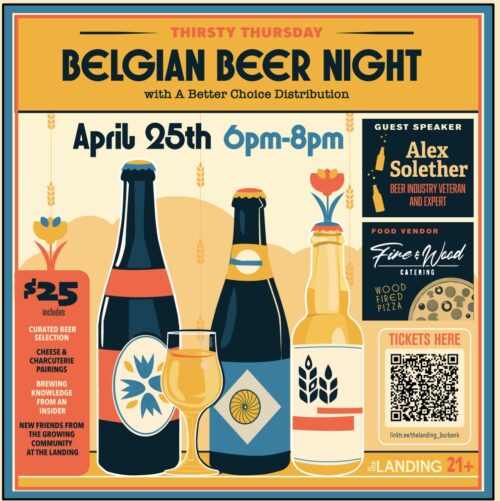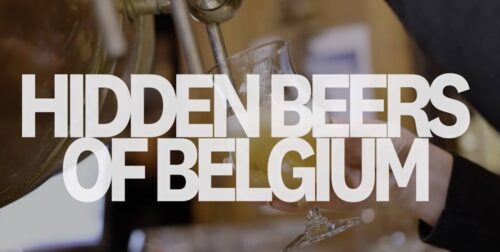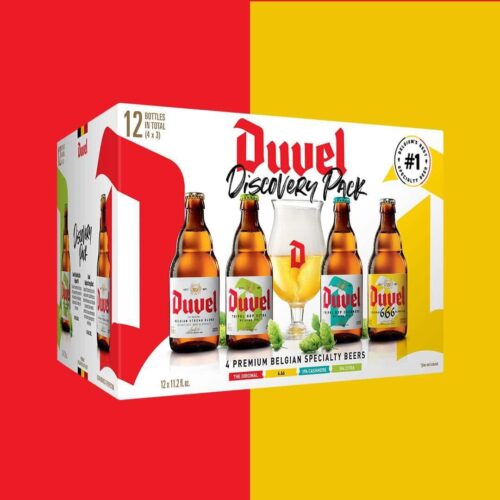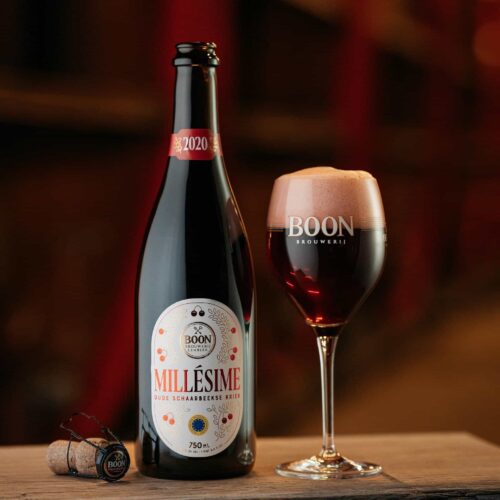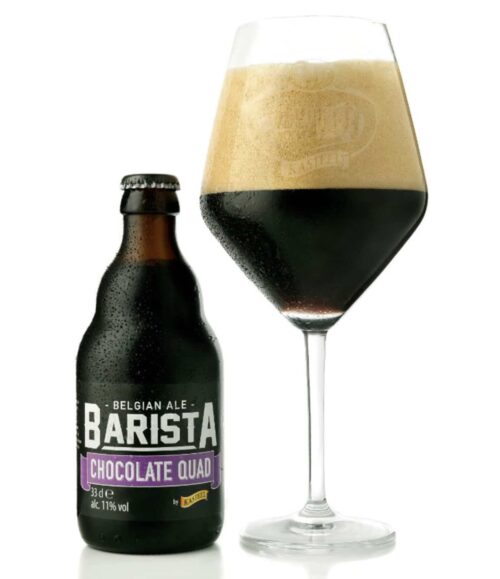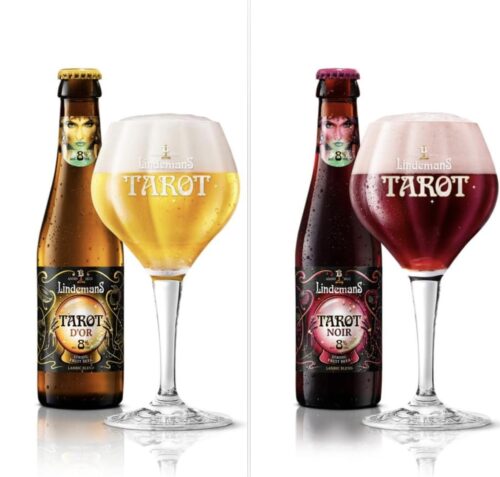Belgian brewer Lindemans has two new mixed fermentation beers coming out under the Tarot name. Both are low in sugar and have no sweeteners or colorants.
“The brilliant, golden blonde Tarot d’Or has a beautiful white foam collar. The pleasant, sultry aroma refers to mango, lemon and honey melon, among other things, with nuances of ripe pear. The flavor is full, juicy and round with hints of ripe exotic fruit. The beer has a nice sweet and sour balance and a pleasant, smooth drink.
Tarot Noir is also a blend of high-fasting beer and lambic to which blueberries, blackberries and black elderberries have been added. The beer colors dark purple in the glass and has a full, compact foam collar and a sultry and intense aroma of dark and red fruit (black berry, cherry, cherry, strawberry… ). The natural flavor is juicy and round and reminiscent of red and black berries with a hint of cherries. Tarot Noir has a nice acidity and a surprisingly soft and fresh drink.”
d’Or would be my first choice but Noir sounds great too.
